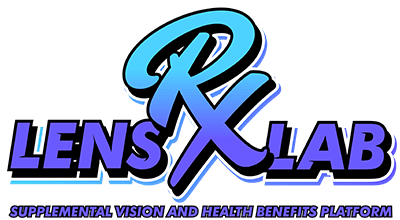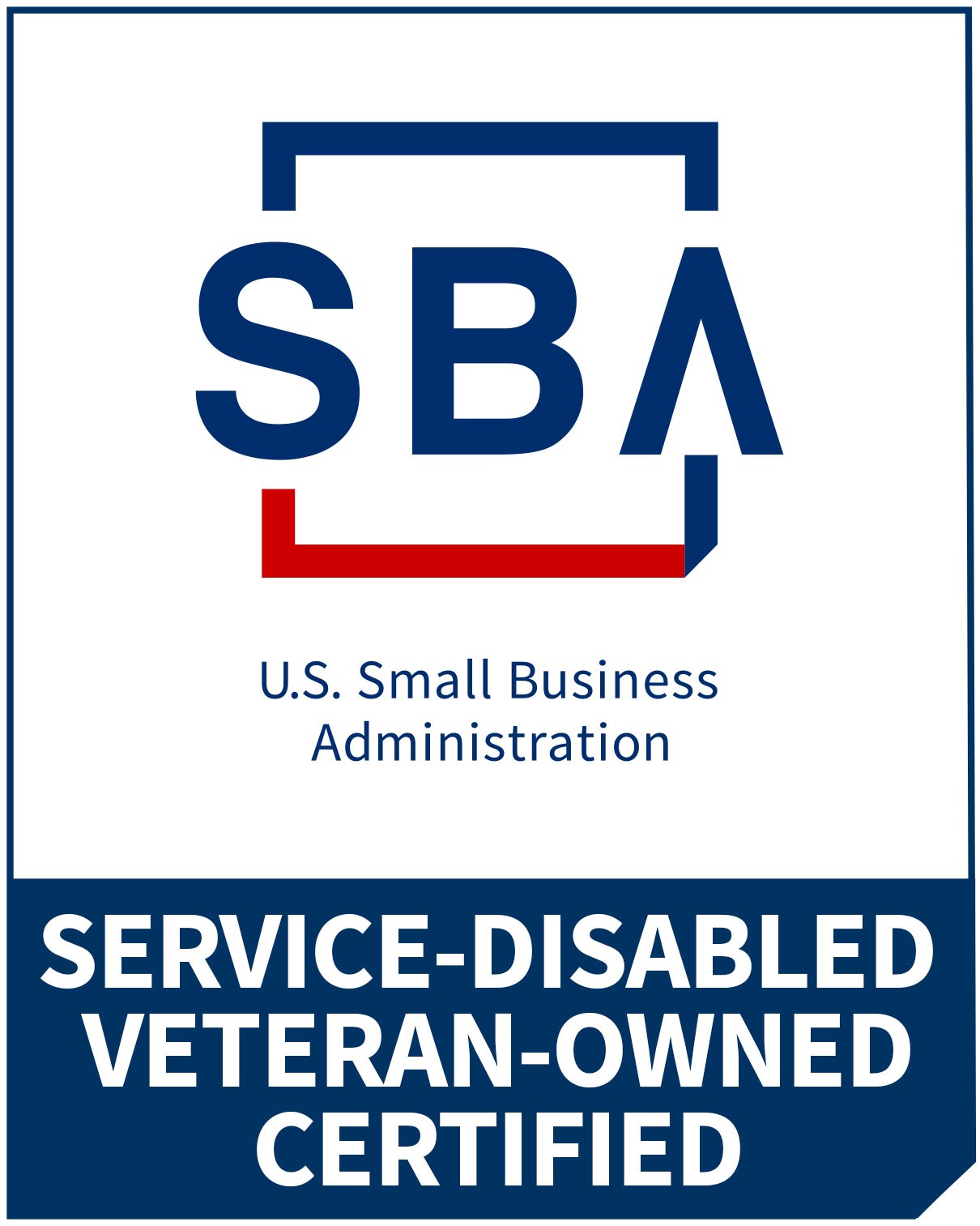BLACK AMERICAN AND SBA CERTIFIED SERVICE-DISABLED VETERAN OWNED OPHTHALMIC GOODS MANUFACTURER SMALL BUSINESS (SDVOSB) ENTERPRISE
- service@lensrxlab.com
Protective equipment including personal protective equipment for eyes, face, head
and extremities, protective clothing, respiratory devices, and protective shields and
barriers should be provided, used, and maintained in a sanitary and reliable
condition. Appropriate PPE must be provided wherever it is necessary based on the
hazards of processes or environment, chemical hazards, radiological hazards, or
mechanical irritants encountered in a manner capable of causing injury or
impairment in the function of any part of the body through absorption, inhalation or
physical contact.
Safety spectacles are protective eyeglasses that have safety frames constructed
of metal or plastic and impact-resistant lenses. Side shields are available on some
models.
Faceshields are usually transparent sheets of plastic that extend from the
eyebrows to below the chin and across the entire width of the employee’s head.
Some are polarized for glare protection. Faceshields protect against nuisance dusts
and potential splashes or sprays of hazardous liquids but will not provide adequate
protection against impact hazards. Faceshields are supplementary protective
devices worn to shield the wearer’s face from certain hazards. Faceshields used in
combination with goggles or safety spectacles will provide additional protection
against impact hazards. Faceshields are secondary protectors only so in order to
provide the best protection against impact hazards, face shields must be worn with
safety glasses or goggles, as stated in the ANSI code.
Goggles are tight-fitting eye protection that completely cover the eyes, eye
sockets and the facial area immediately surrounding the eyes and provide
protection from impact, dust and splashes and vapors. Some goggles will fit over
corrective lenses. Goggles offer the most complete impact protection because they
form a seal around the eye area keeping dangerous objects out.
When buying goggles, you’ll have to choose from the two main types:
Indirect vents are “capped” to allow air to move freely in and out without
allowing splash or particles in. They offer the same impact protection as the
direct vented goggles. Because there isn’t as much space for the air to move
in and out, lens fogging may be a slight problem and you may want to
consider an anti-fog lens coating to alleviate any potential problems.
2. Non-Vented goggles are lenses and frames with no holes for air to seep
through. They offer a higher level of protection against vapors and fumes
and can be used to keep harmful vapors out of sensitive eyes. These
goggles must have an anti-fog coating to keep them from steaming up while
you work.
Laser safety goggles and spectacles are a special type of eye protection for eyes
against intense concentrations of light produced by lasers. The type of laser safety
goggles an employer chooses will depend upon the equipment and operating
conditions in the workplace. Safety eyewear for laser use must be of the required
optical density for the wavelength(s) of the laser. Laser protective eyewear must
be approved by ANSI and clearly labeled with optical densities and wavelengths for
which protection is afforded.
Welding shields or helmets are constructed of vulcanized fiber or fiberglass and
fitted with a filtered lens. Welding shields protect eyes from burns caused by
infrared or intense radiant light; they also protect both the eyes and face from
flying sparks, metal spatter and slag chips produced during welding, brazing,
soldering, and cutting operations. OSHA requires filter lenses to have a shade
number appropriate to protect against the specific hazards of the work being
performed to protect against harmful light radiation. The lenses for protection from
cutting or welding light must be marked with the shade number -1.5 through 14
(the darkest).
Other Specialized Eyewear: For example, sunglasses are a specialized type of
safety eyewear designed to protect the eyes from UV light sources. However, in
order for any type of eyewear to be considered safety eyewear the glasses must
meet the ANSI Z87.1 certification and meet the criteria for their specialized use.



About LENSRXLAB SUPPLEMENTAL VISION AND HEALTH BENEFITS PLATFORM
*LENRXLAB Supplemental Vision and Health Benefits Platform is dedicated to providing comprehensive and affordable eye health solutions, encompassing diabetes, safety benefits management, and safety compliance for government and corporate worksites across all 50 States, Washington DC, and US Territories. Our overarching goal is to annually serve 250,000 or more patients, service members, veterans, beneficiaries, and employees with high-quality safety, diabetic, and dress eyewear. Additionally, we aim to reach and benefit 500,000 individuals at risk or diagnosed with diabetes through our innovative DiaVista lens technology.
*LENSRXLAB is a distinguished Black American and SBA Service-Disabled Veteran-Owned Ophthalmic Goods Manufacturer and Wholesaler Small Business Enterprise. Our leadership, headed by Anthony B. Miles, a US Navy Trident Submarine Force Veteran, and Dr. Chelise Firmin, Optometrist, is rooted in Philadelphia, Pennsylvania, with operations extending to Jacksonville, Florida.